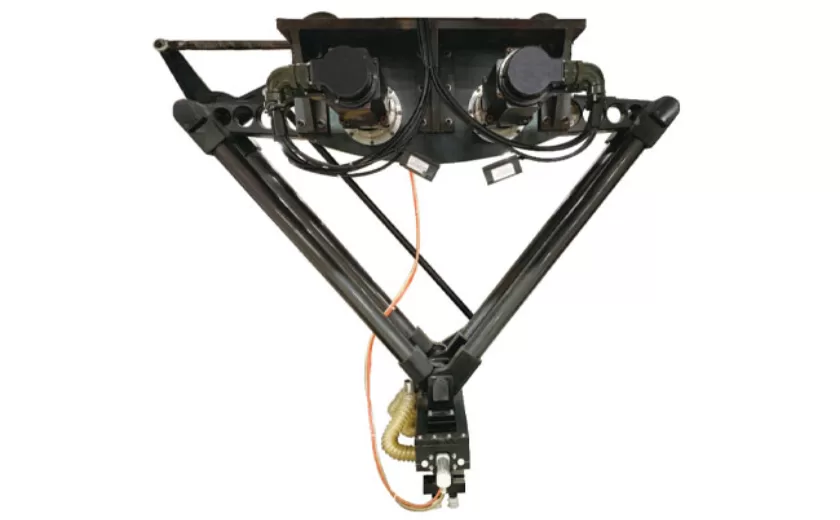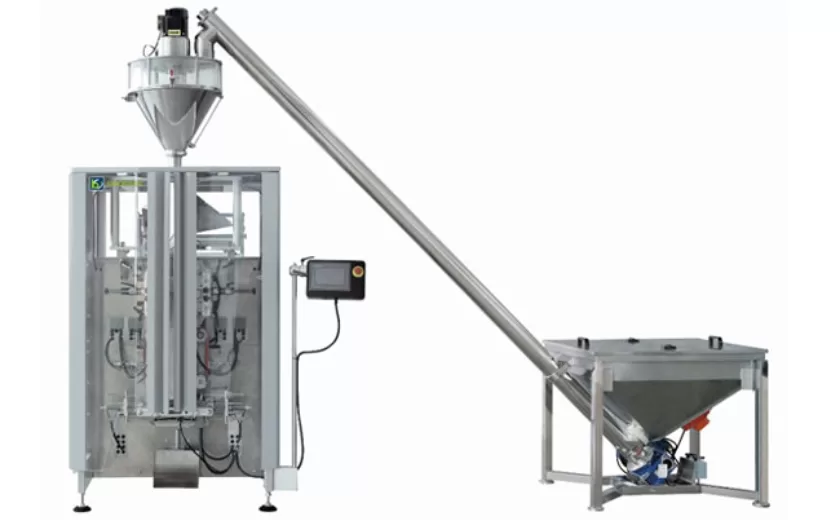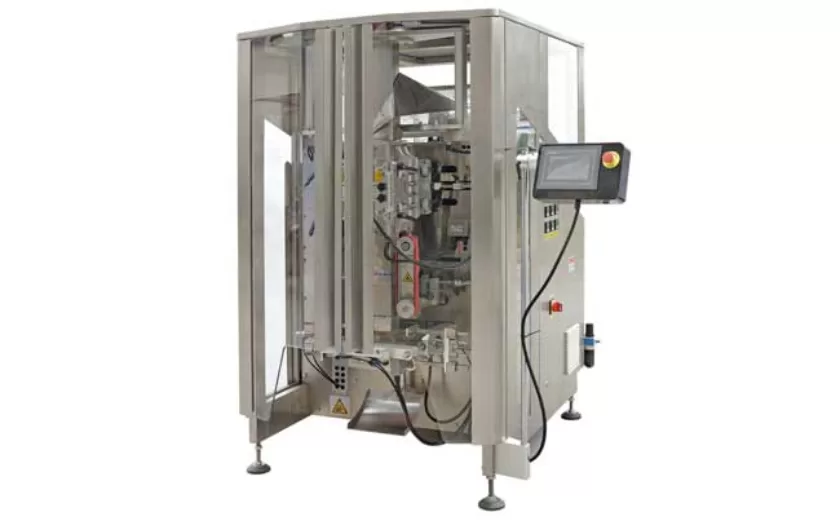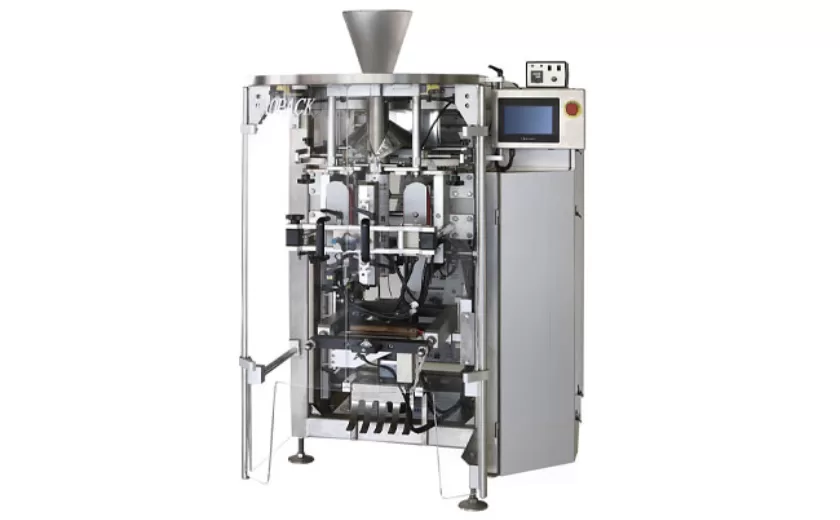How to Set Up and Calibrate Your Powder Pouch Packing Machine
How to Set Up and Calibrate Your Powder Pouch Packing Machine: A Guide to Precision
In the realm of industrial packaging, precision is paramount. Powder pouch packing machines are a testament to this, effortlessly filling and sealing pouches with minute quantities of dry ingredients. However, achieving optimal performance from these intricate machines requires a meticulous setup and calibration process.
Step 1: Assembly and Installation
Begin by carefully assembling the packing machine according to the manufacturer’s instructions. This involves connecting the hopper, forming tube, filling unit, and sealing unit. Ensure all components are securely fastened and in proper alignment. Mount the machine on a stable surface for optimal operation.
Step 2: Hopper Adjustment
The hopper holds the powder to be filled into the pouches. Adjust the hopper’s height and inclination to achieve a consistent flow of powder into the filling unit. Avoid overfilling the hopper, as this can cause bridging or caking.
Step 3: Filling Unit Calibration
The filling unit determines the amount of powder dispensed into each pouch. Calibrate it using a precision scale to ensure accurate filling weights. Adjust the auger speed, fill time, or product level sensor until the desired quantity is consistently achieved.
Step 4: Pouch Forming
The forming tube creates the shape and size of the pouches. Adjust the tube’s width, height, and sealing area to match the desired pouch specifications. Ensure the pouch material is properly fed into the forming unit and tensioned correctly.
Step 5: Sealing Unit Calibration
The sealing unit fuses the pouch material together, forming a secure seal. Calibrate the unit by adjusting the temperature, pressure, and dwell time. Perform seal tests to verify the integrity of the seals and prevent leakage.
Step 6: PLC Programming
The powder pouch packing machine is controlled by a Programmable Logic Controller (PLC). Program the PLC to manage the machine’s operation, including cycle times, batch sizes, and error handling. Optimize the settings to maximize efficiency and reduce downtime.
Step 7: Maintenance and Troubleshooting
Regular maintenance is essential for optimal performance. Clean the machine thoroughly after each run to prevent powder residue buildup. Perform preventative maintenance tasks as per the manufacturer’s recommendations. If any issues arise, consult the troubleshooting guide or contact a qualified technician.
Conclusion
Setting up and calibrating a powder pouch packing machine is a crucial task that requires precision and attention to detail. By following these steps, you can ensure your machine operates at its peak efficiency, producing high-quality pouches with accurate weights and reliable seals. Remember, investing in proper setup and calibration pays dividends in the long run, reducing downtime, waste, and customer complaints.
-

Advanced Packing Solutions: Snacks, Sugar, and Frozen Food Machines
29-10-2025 -

Efficient and Reliable Solutions for Salt, Nuts, and Frozen Dumplings Packing
29-10-2025 -

High-Performance Biscuits, Lollipop, and Ketchup Packing Machines for Modern Food Production
29-10-2025 -

Efficient Liquid Filling and Packing Machines for Modern Production
23-10-2025 -

Reliable Granule Packaging Machines for Efficient Production
23-10-2025 -

Efficient Auger Powder Filling Machines for Accurate Packaging
23-10-2025 -

High-Performance Liquid Filling and Packing Machines for Hygienic Production
10-10-2025 -

High-Efficiency Granule Packaging Machines for Precision and Speed
10-10-2025 -

High-Precision Auger Type Powder Filling Machines for Efficient Packaging
10-10-2025 -

Efficient Vertical Form Fill Seal Packaging Machines for Smart Production
10-10-2025





